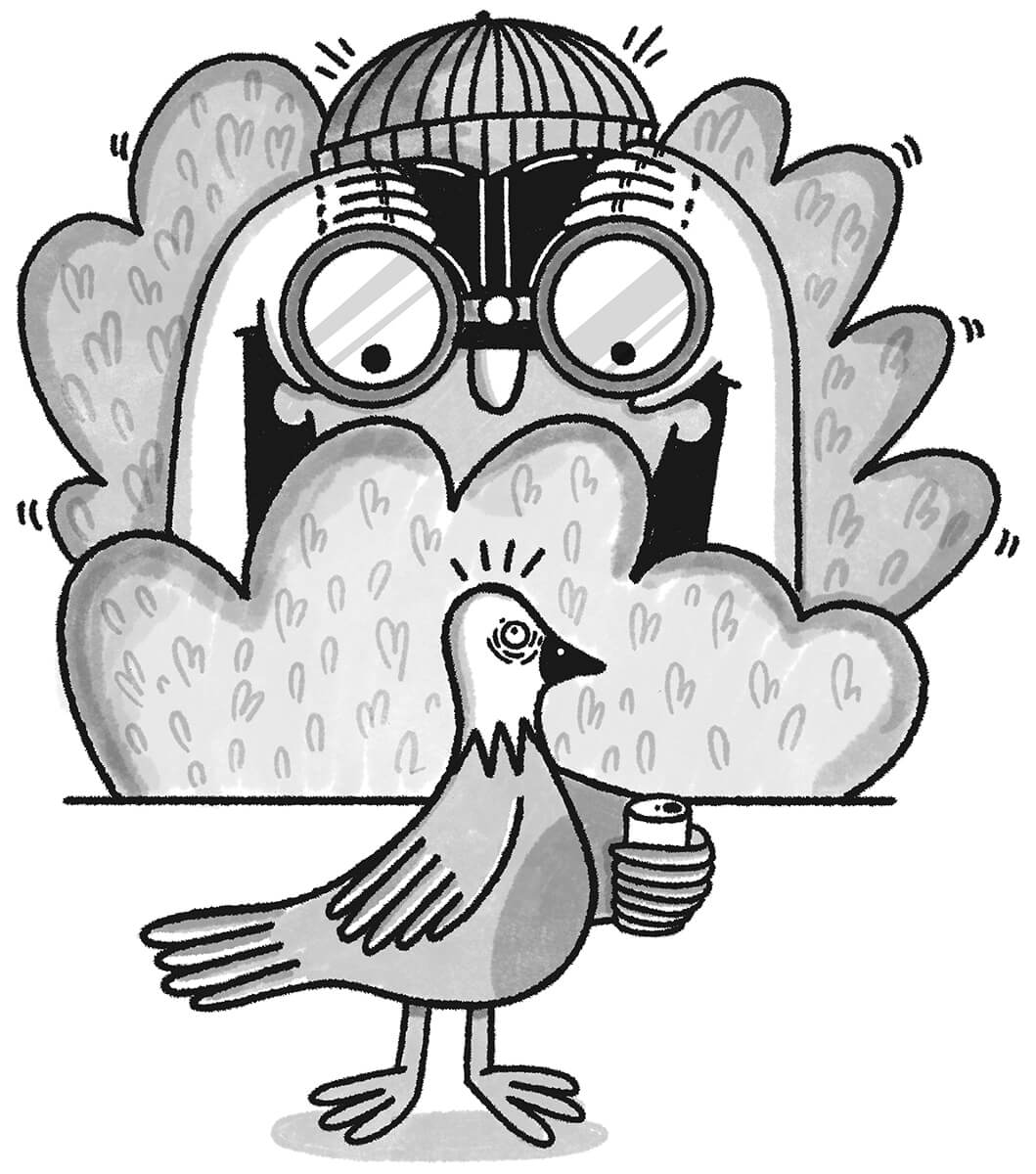The pandemic saw a surge in interest in birdwatching and bird-feeding. As families were stuck inside, they bought feeders and seed to make their backyards more welcoming for local wildlife. The Audubon Society reported that “sales are through the roof” for specialty bird-feeding stores.
“Birdwatching used to be seen as something that senior citizens did,” says Tammy Johnston, owner of Urban Bird, a locally owned wild bird specialty feed shop located in Manchester Square. “But, with the pandemic, it became something that families did together; the kids and grandkids got involved.”
And, we’re heading into the busy time of the year when it comes to bird-feeding.
“In the summer, the birds have a lot to eat, the bugs, the worms,” says Johnston. “But fall and winter is when the interest really picks up. When it gets cold, it can be harder for birds to find food, especially when it gets down to -25 or -30 (Celsius). People feel sorry for the birds.”
There are many common backyard birds that don’t migrate — from sparrows to chickadees, woodpeckers to house finches, blue jays to nuthatches. And, of course, magpies, too.
So, what’s the best way to help out our feathered friends?
Johnston says that sunflower seeds are always welcome, and high-protein suet is great in the autumn and winter, as well. And, if you’re not a fan of crows and magpies, you’re never going to win a battle to keep them out of your yard. She says to place some feed, such as cracked corn, in a feeder on the ground in a corner of the yard. These big birds like to feed off the ground rather than manoeuvre around the branches; they’ll take the easy meal and leave your tree feeders alone.
There are four basic types of feeders that work; tube feeders can be filled with seeds and have perches for the birds. There are feeders with holes that can be filled with suet, or suet packs can be placed in a cage. The flat, tray-style feeders are good for larger birds, like blue jays. And the hopper-style feeder looks like a small birdhouse placed on a tray that releases feed from the sides.
Where to place them? Johnston says put them close to trunks and branches of trees. Birds are aware that being out in the open when feeding makes them a target for predators. They prefer having branches close by for shelter and as possible escape routes. Some birds will take seed in their beaks from feeders, but won’t actually chow down till they get to the safety of upper branches.
